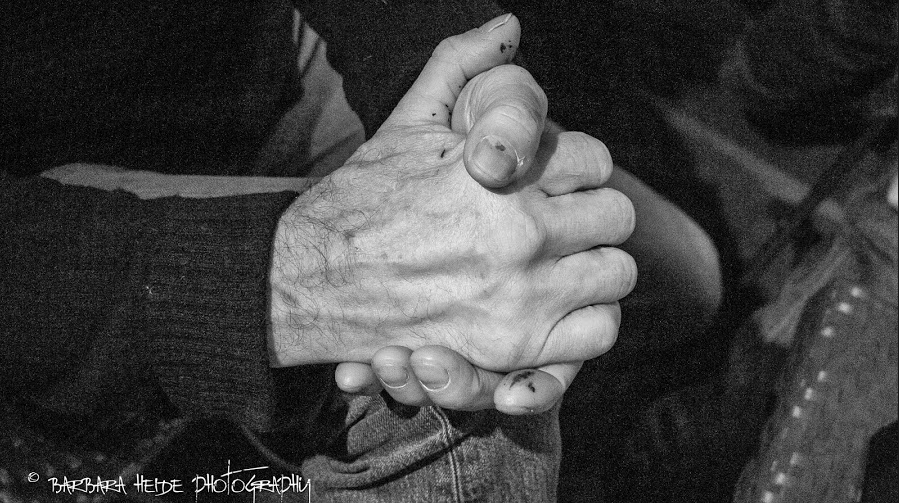The more I practise wet-plate (collodion) photography, the more I realise how much has been lost from our culture due to the “convenience” of digital technology.
I have been thinking hard to put into words the reasons I prefer the restrictions and errors, the dust spots and chemical mistakes I have to accept with traditional photography. Why do I avoid the simple manipulations I could use with photoshop to “enhance” an image, decline to scan an image and print with expensive and time consuming chemistry, when for a fraction of the cost and the time I could shoot, modify and print digitally, with high quality inks, to a very high standard – generally cleaner and sharper than is possible with a mechanical camera, on an emulsion of chemistry on plastic or glass (or tin) and printed onto paper (or glass etc) coated with more expensive and fickle chemistry. Or not even make a print – simply send a digital image through the Internet to be seen instantly on any computer screen.
Well, the truth is I do this – here is a tintype I took this week…
This was a quick portrait I did of another photographer, it is to be used for the publicity material for an upcoming exhibition If you are reading this then you are seeing a hand-held snap I took of the tintype which was on our dining-room table, lit by a convenient table lamp – I took it with a 4/3 digital camera, so I am happy to use this equipment, there is no other way I would have been able to simply show it on this page (or Facebook or anywhere else).
But you are not looking at the original – you can have no idea of what the original represents. OK, it looks much the same – but it isn’t.
It occurred to me that the difference is, to me, the same as going to a live concert compared to hearing the same sounds on a digital (or even vinyl) player. Live music will probably have crappy acoustics in the venue, musicians will make mistakes and it may be uncomfortable and will certainly be more expensive than listening at home – but which is preferable – for me I would much prefer to hear something I loved at a live performance than to hear it from any recording. Live music has “soul”.
Possibly the most famous, probably the most important and certainly the oldest poetry we know is Homers’ Odyssey and Iliad (or Iliad and Odyssey, whichever way round you prefer) – This was made to be performed live – but – importantly, it was sung, not narrated or quoted, it was sung. It says so at the beginning of the Iliad.
Thanks to the need for companies to continue to make big returns for their shareholders, we are caught in a vortex of consumer evolution which is accelerating the redundancy of “goods” (or should some of this be called “bads”) so the marketing departments can use their skills to create in us a “need” to upgrade our possessions. For sure, but using technological innovation, many things can be made easier to use to get a result. Any digital camera today is much much cheaper to make due to the use of electronics and plastics and it can record and enhance an image very simply and at minimal cost (of the image) – but by not giving the user the need to understand what the hell is happening, the image taken has no need of any form or structure.
The image provided by a digital camera is a convenience and usually a compromise and will come from the programmed enhancements of the computers in the camera, not from the skills and training of the user.
In skilled and artistic hands the digital camera can be used as a tool to make images – David Hockney created with Polaroids, fax machines and now uses an iPad to paint with, he explores and embraces all tools which “enable” him. For me, he is a wonderful artist. So I am not saying that digital technology is in itself bad, but I am saying that a great deal has been lost by replacing the disciplines of traditional photographic procedures and processes with the simplicity of automatic “smart” cameras is a loss. It is a loss of perception and has enabled a tidal-wave of unconsidered images to engulf us.
I want to “sing” my pictures – to do this I have to learn my craft – I also want to make good images, to do this I have to learn to be a poet, a good poet.



